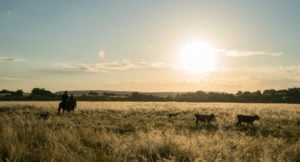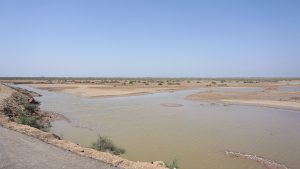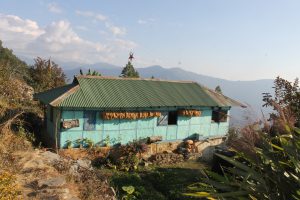It has been nearly seven years since the residents of the Thar desert in Pakistan saw a decent amount of rainfall, but this year has been different. This year’s rains have transformed the harsh landscape, and its inhabitants. Farmers are tilling their land, planting seeds, and for the first time in years, expecting a good harvest. The transformation of the desert landscape has attracted tourists from all over the Pakistan to marvel at the grass-lined roadways that were, until recently, just drab sand and stone.
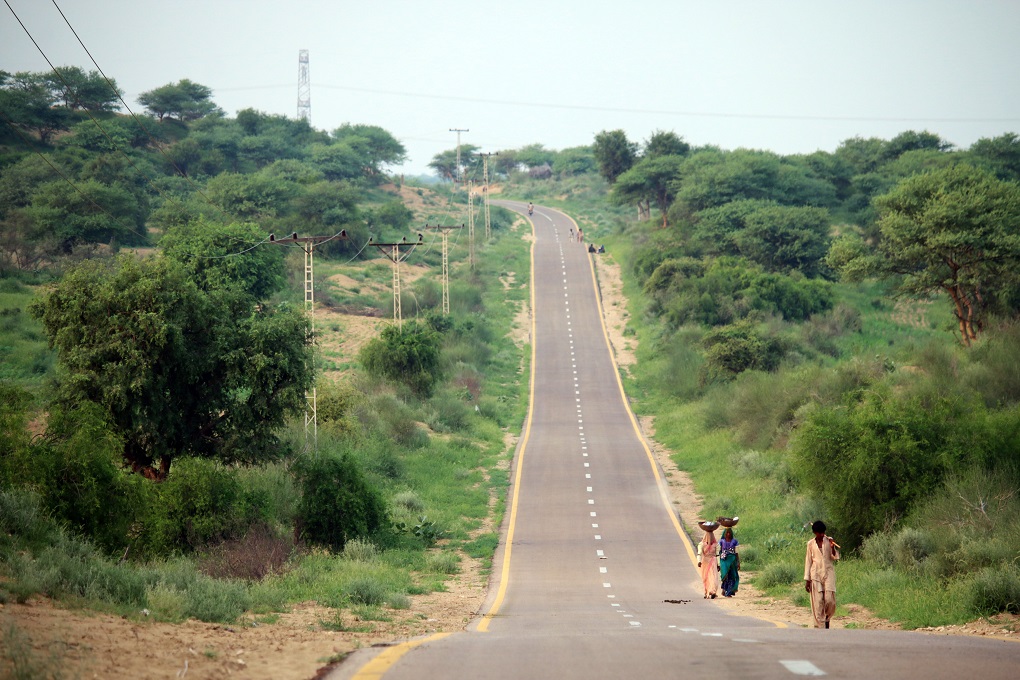
Located in in the south of Pakistan’s Sindh province, bordering India to the east, the Thar desert is home to many varieties of indigenous trees, herbs, and grasses. It is the latter that provides feed for more than 6 million livestock.

One and a half month ago, heavy winds accompanied by soaring temperature hit the region. People migrated towards the barrage areas more than 200 kilometres away with their cattle. Now all that has changed. In the deep desert dunes have been covered by a greenish coverlet, trees have doubled & tripled their leaves, and the grass is growing with unrestrained enthusiasm.

Mr Khaku, who lives in the village of Dhorio, was weeding out grass from his land. He was thankful for the rain, and said that he had invested PKR 20,000 (USD 128) on his land, and intended to work for the next three months until the harvest in the last week of November. His family – he has seven children – seemed to be as enthusiastic as he was, working from sunrise to sunset. Every family member plays a role in cultivating the desert land.
When drought hits the people and animals face an acute shortage of fodder and cereal crops, as well as water scarcity. These lead to premature births among livestock, and the malnutrition rate increases among children under 5 years of age. Pregnant and lactating women do not get their proper amount of food. People are forced to migrate towards the areas where barrages have been built to find fodder and water for their cattle.

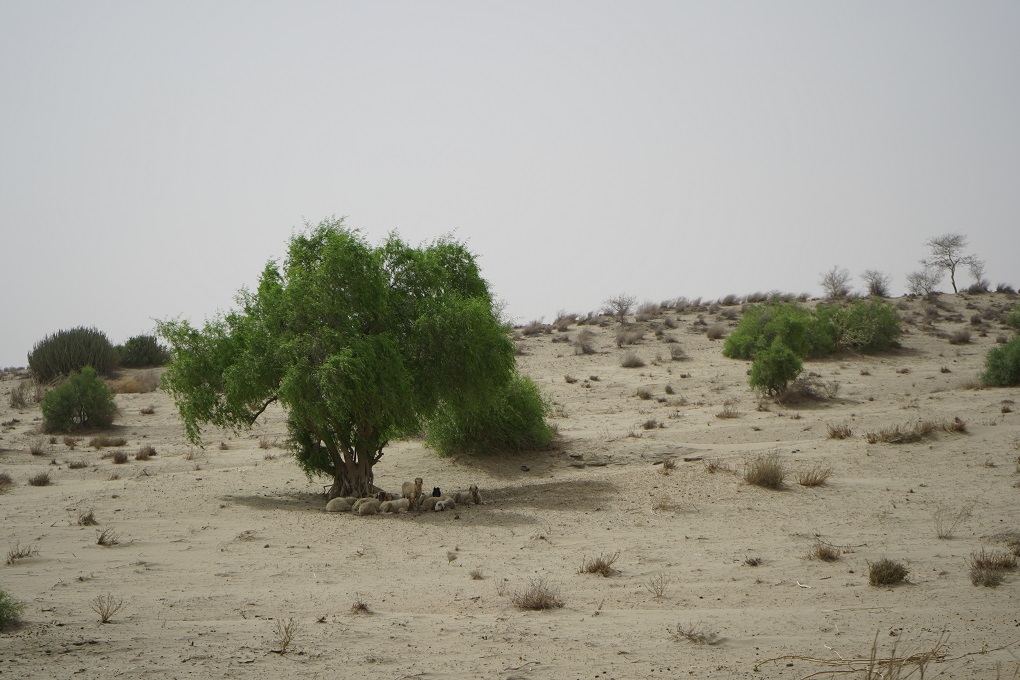
This year may be a year of hope, but nothing is certain, warned Bharumal Amrani, a folklorist and environmental expert. “Nothing can be said finally until the harvest. This time Thar has received enough rains, but there are other climatic challenges that may cause low yield.” Recent attacks by grasshoppers are an issue, and have the potential to cause a huge loss.
Local farmers like Nehal, though, are optimistic. He had been taking on labour work during the lean period to manage household expenses. But, after the rains, his family has returned to the land.
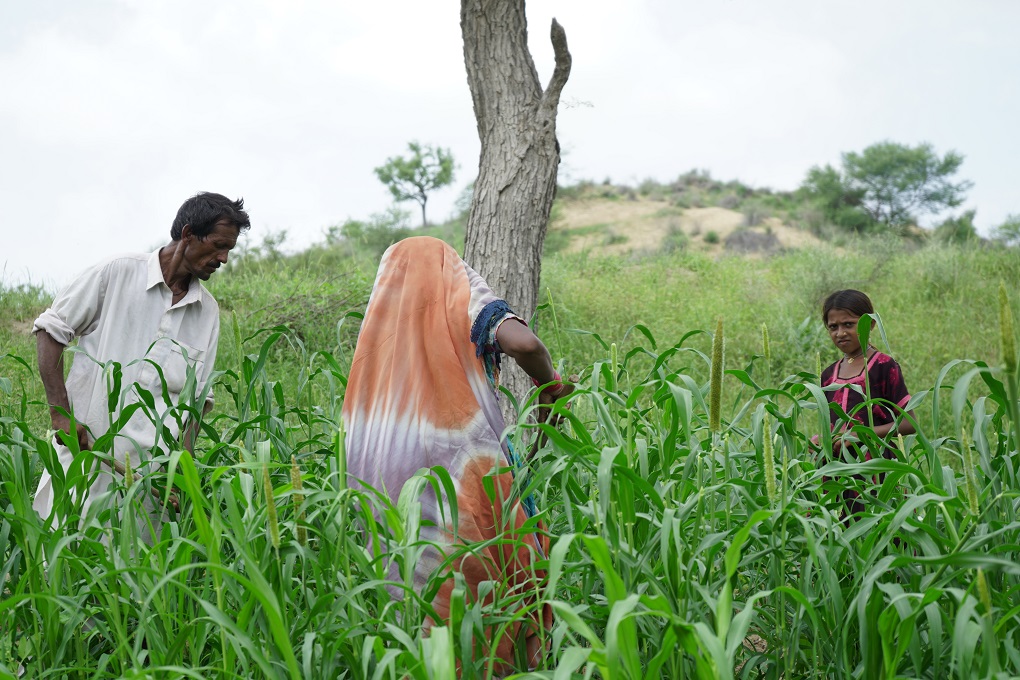
“I invested PKR 30,000 (USD 192) last year, but due to rainfall, we got only fodder for two months and couldn’t manage to return the loan payment. This year we welcomed a good shower, and hope this would give us a way to fulfil household needs until the next rains,” he said.
Despite the amount of rain, there is an issue about their timing. “Due to climate change there has been a in the monsoon, the desert received the first spell of rain almost a month late, and that may badly affect the harvest,” said Aakash Hamirani, a youth activist. Nevertheless the people are happy, blessing their fortune this year, and hoping it marks a change from the last few years of lean rainfall.
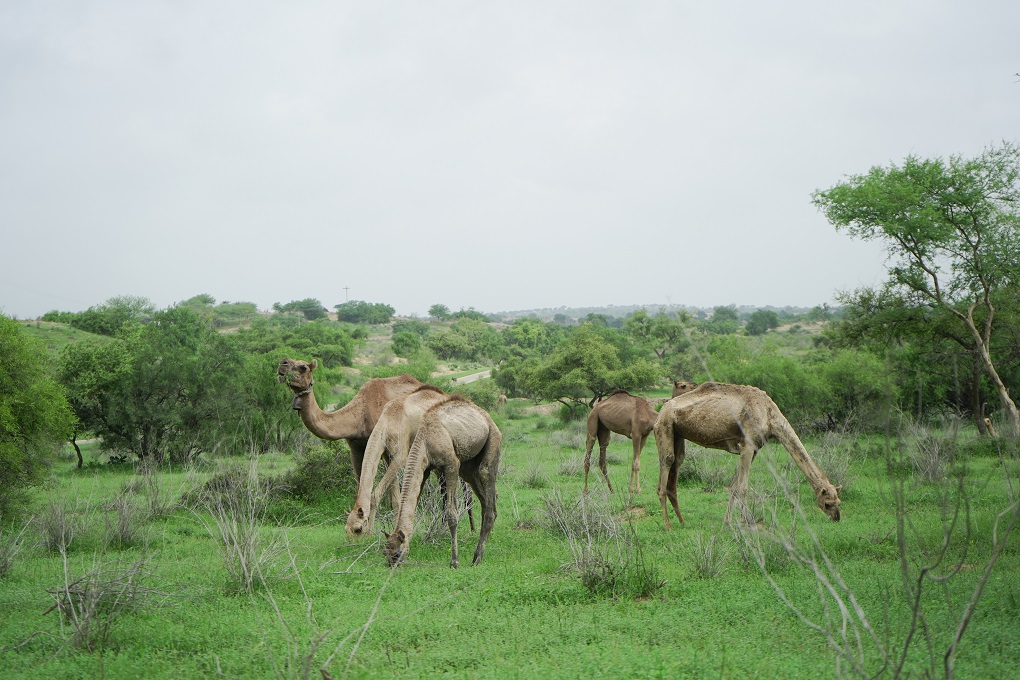
Photographs: Manoj Genani
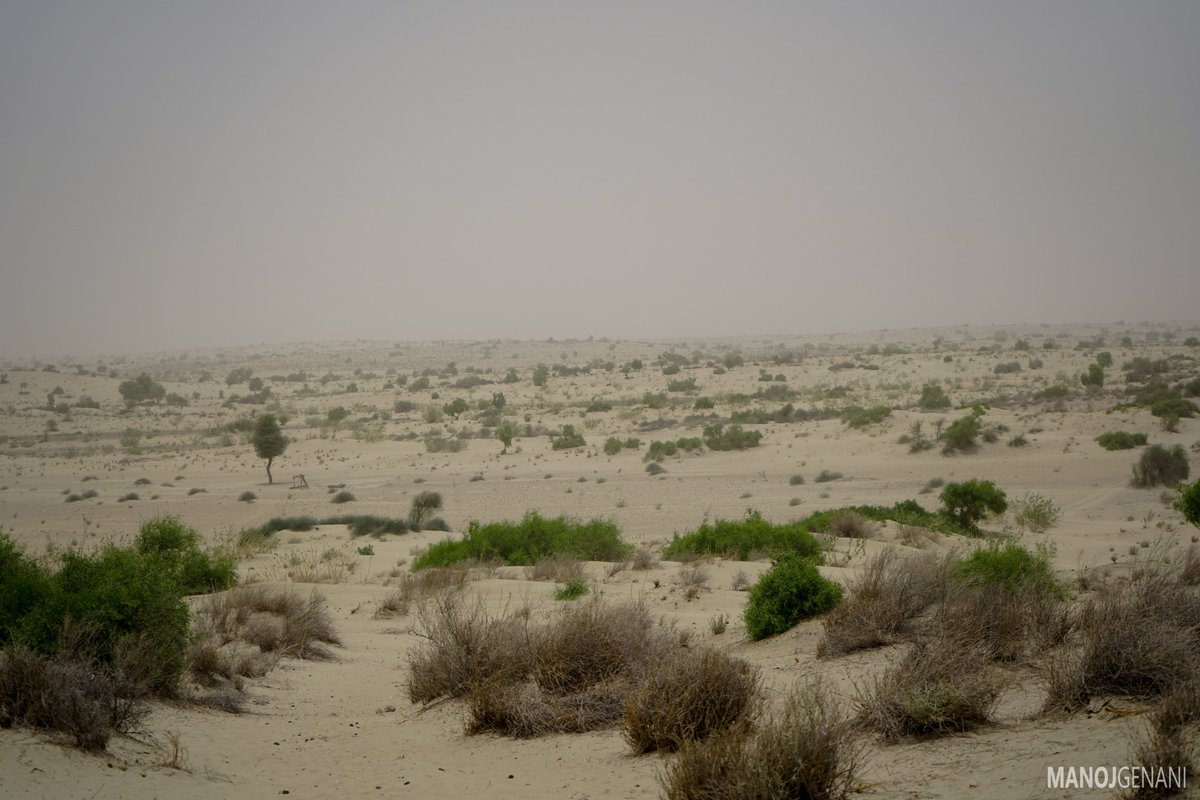
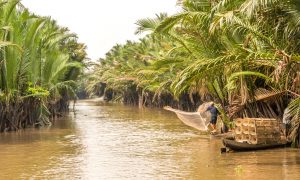
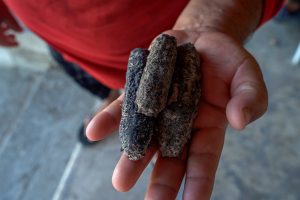


![Climate activists in Karachi, Pakistan holding signs in the march for the climate [image courtesy: FridaysForFuture Pakistan]](https://dialogue.earth/content/uploads/2019/09/climate-change-march-Pakistan-300x169.jpg)
